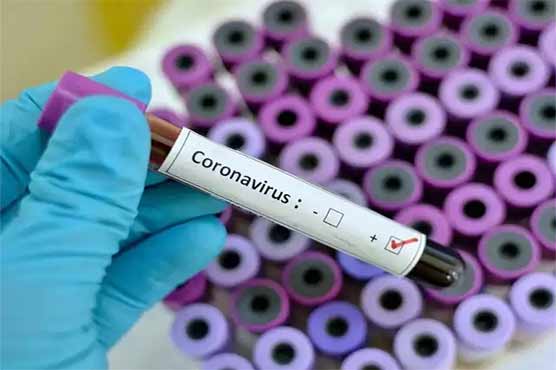COVID-19 mortality was 1.4% in outbreak epicentre: study

COVID-19 cases are soaring, with more than 200,000 confirmed since cases emerged in Wuhan
PARIS (AFP) - The novel coronavirus proved deadly in 1.4 percent of all people infected in the Chinese outbreak city of Wuhan, far lower than global estimates of the killer pandemic, researchers said Thursday.
COVID-19 cases are soaring, with more than 200,000 confirmed since cases emerged in Wuhan late last year.
The World Health Organization said this month that COVID-19 proves deadly in 3.4 percent of confirmed cases.
But with limited testing capacity and confirmed cases likely to be towards the severe end of the spectrum, several experts have suggested the true mortality rate may be significantly lower.
A team of researchers in China has now reviewed eight separate public and private data sources on COVID-19 in Wuhan, and believe they have come up with a more accurate mortality estimate.
These include: data on confirmed cases with no contact with the market where the outbreak originated; confirmed air passenger cases; age distribution of confirmed cases and deaths; and time between onset and death.
They found that the probability of dying after developing COVID-19 symptoms was 1.4 percent.
"Estimation of true case numbers -- necessary to determine the severity per case -- is challenging in the setting of an overwhelmed healthcare system that cannot ascertain cases effectively," said the study, published in Nature Medicine.
As of February 29, mainland China had 79,394 confirmed COVID-19 cases and 2,838 deaths -- meaning 3.54 percent of patients diagnosed with the disease later died.
But the authors said that milder cases presenting few or no symptoms are missing from data sets, and suggested their estimates were a better way to view the virus and the problem it poses.
"The number of severe outcomes or deaths in the population is most strongly dependent on how ill an infected person is likely to become, and this question should be the focus of attention," they wrote.
Age matters
The analysis, led by Joseph Wu, a renowned epidemiologist at the University of Hong Kong, also examined the likelihood of death across age ranges.
Compared with those aged 30-59 years, those above 59 were roughly 5.1 times more likely to die after infection.
Those under 30 were 60 percent less likely to die than the median age group.
The authors concluded that the risk of contracting a moderate to severe infection increased roughly four percent per year among adults aged 30-60 years.
Chinese authorities undertook a near-total lockdown of Wuhan and the surrounding province of Hubei, confining more than 11 million people to their homes for weeks.
They also constructed a new hospital in the city to deal with COVID-19 case loads.
On Wednesday China reported just one new domestic case, compared to over 1,000 per day at the epidemic s peak.
Wu said his estimates should help inform policymakers at a time when several European countries are undergoing lock downs.
"Estimates of both the observed and unobserved infections are essential for informing the development and evaluation of public health strategies, which need to be traded off against economic, social and personal freedom costs," he wrote.


